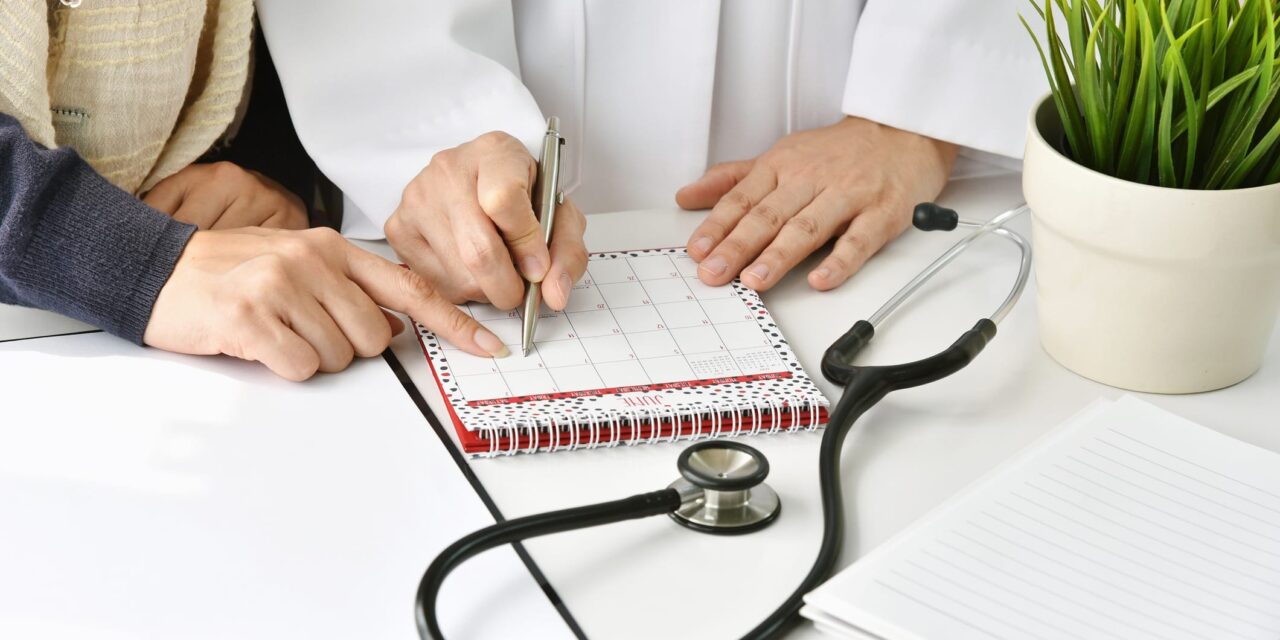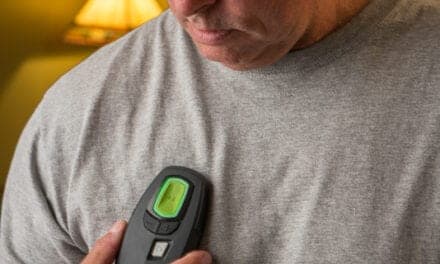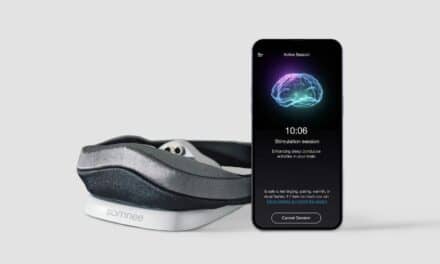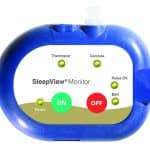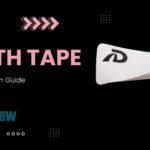A sleep physician shares a case report of how a patient with severe sleep apnea achieved objective and subjective improvements more quickly with Inspire Therapy than via the standard activation and titration protocols.
By Ruchir P. Patel, MD, FACP
Inspire hypoglossal nerve stimulation has emerged as an effective alternative in moderate to severe obstructive sleep apnea (OSA) patients who are unable to use or get consistent benefit from CPAP. However, Inspire’s standard activation and titration protocols often require 3 to 12 months to optimize treatment efficacy.
Based upon anecdotal experience, as well as my understanding of how various electrode configurations deliver energy across the distal branch of the hypoglossal nerve, I recently started a patient’s Inspire therapy with an alternate electrode configuration.
I suspected the alternate configuration would have a more consistent effect, resulting in more central forward pull of the tongue. A few months earlier, I had changed to this configuration a few weeks into the treatment course for a different patient—and noted very fast subjective and objective improvement. That experience made me decide to implement this as an option in certain cases.
In this case, a novel electrode configuration expedited symptom relief, offering a promising alternative to conventional activation methods.
Patient Presentation
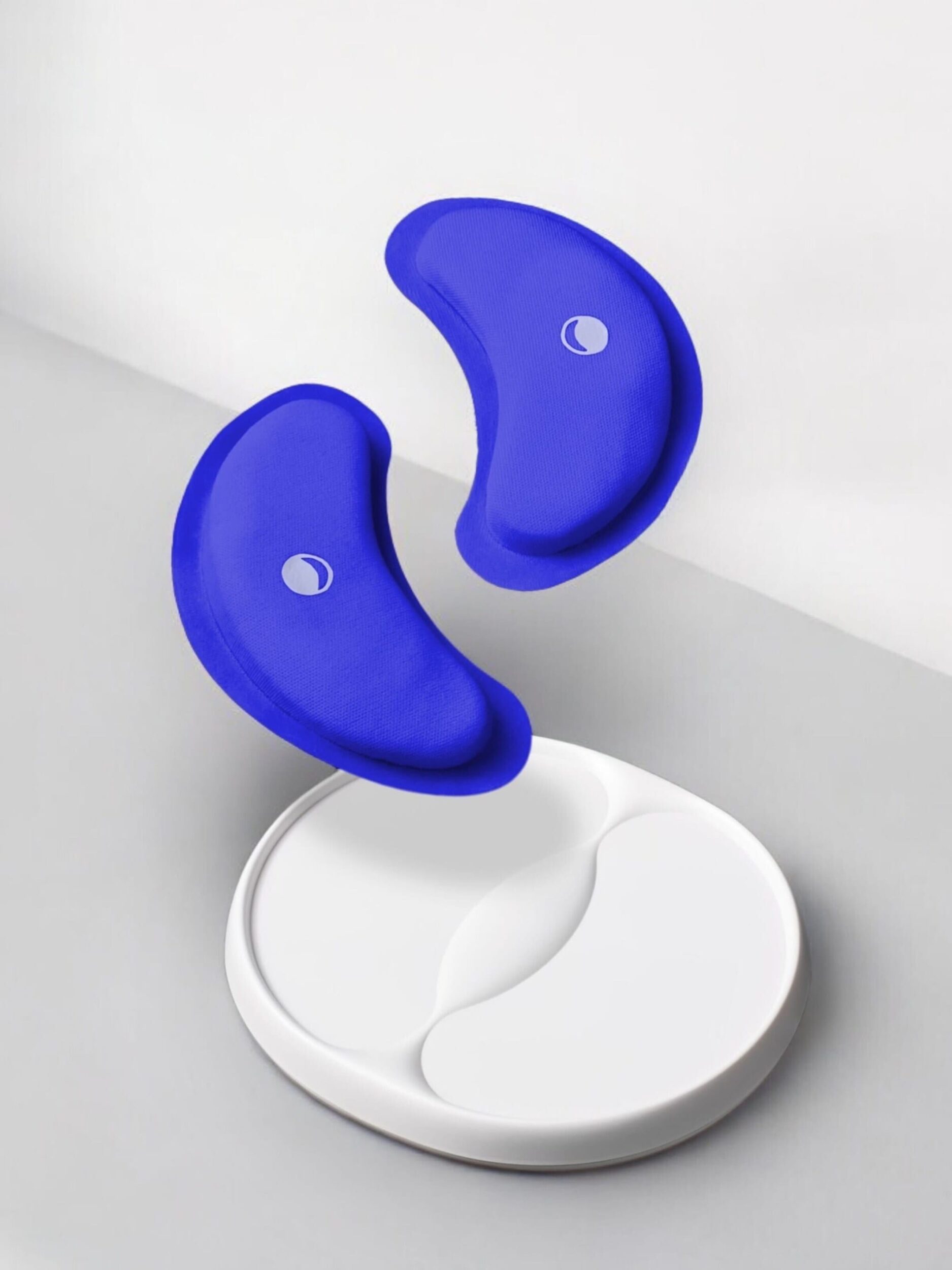
A 55-year-old male with severe OSA and a history of hypertension was evaluated for Inspire therapy due to intolerance to PAP therapy. Baseline home sleep apnea testing (HSAT) with the Wesper Lab device demonstrated an apnea-hypopnea index (AHI) of 28.6 with an oxygen nadir of 76%. A second, subsequent night of HSAT testing confirmed an AHI of 30.9 and an oxygen nadir of 75%.
Electrode Configuration
The patient was implanted with Inspire on December 22, 2023, and was activated three weeks later.
Instead of the standard electrode A (+ – +) configuration, which applies a bipolar stimulation pattern, the patient was activated using electrode B (o – o), a unipolar configuration allowing for broader nerve activation with lower amplitude requirements in an effort to shorten the duration to successful objective and subjective clinical improvements.
Titration Protocol
Following activation, the patient was instructed to gradually increase stimulation amplitude every five to seven nights, based on comfort and tolerance. At the two-week follow-up, he had reached 0.8V, reporting improved sleep duration (90-120 minutes longer per night) and reduced daytime sleepiness. Subsequent adjustments included fine-tuning of amplitude, pulse width, and stimulation rate to enhance comfort and airway stability.
Outcomes
The patient’s average pre-activation baseline AHI was 29.7 (range: 28.6–30.9). Following activation, he experienced a rapid and substantial improvement in key OSA metrics. Throughout the titration period, his HSAT results consistently improved.
● AHI: Average reduction from 29.7 to 7.5 post-activation
● Oxygen desaturation index: Average reduction from 32.0 to 8.3
● Oxygen nadir: Average increase from 75.5% to 86.8%
● Hypoxic burden: Average reduction from 546.58 %min/hr to 67.65 %min/hr
Final testing at eight weeks post-implantation (five weeks post-activation) revealed a residual AHI of 3.2, oxygen nadir of 90%, and a significant reduction in daytime sleepiness (Epworth Sleepiness Scale score decreased from 10 to 6).
The patient demonstrated excellent adherence to therapy with significant improvements in sleep duration and quality and without any stimulation-related discomfort with the optimized programming.
The titration process was completed 5 weeks after the activation compared to the average recommended completion time of 12–17 weeks. The patient was seen for follow-up eight months post-completion of the titration protocol and continued reporting excellent symptomatic improvement without any discomfort.
Discussion
This case underscores the potential of alternative electrode configurations to enhance Inspire therapy efficacy while shortening the titration period. The electrode B configuration provided effective midline tongue protrusion at lower stimulation amplitudes, likely due to improved nerve fiber recruitment patterns. Faster titration may improve patient satisfaction and therapy adherence while reducing the burden on sleep specialists managing patients on hypoglossal neurostimulators.
Further research should evaluate a broader range of electrode configurations to refine activation protocols and optimize patient outcomes. This case highlights the importance of individualized Inspire programming and suggests that re-evaluating standard protocols could enhance the effectiveness of hypoglossal nerve stimulation therapy for OSA.

